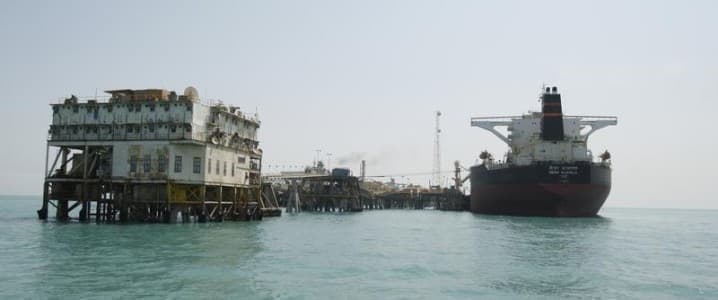The foundation stone for the re-entry of several major Western energy firms into Iraq was the US$27-billion four-pronged mega-project finally ratified by France’s TotalEnergies in 2023. The project was particularly aimed at addressing two critical issues that had dogged Iraq’s development for decades and whose resolution had been stymied by bureaucracy and corruption at senior levels across several governments in Baghdad, as analysed in full in my latest book on the new global oil market order. One of these crucial issues was dramatically increasing the amount of gas captured during the process of drilling for oil (‘associated gas’). And the other was stabilising and then boosting the pressure at Iraq’s key oil wells through the treatment and redirection of seawater to these sites through the ‘Common Seawater Supply Project’ (CSSP). The two other projects of the four are the full redevelopment of the Ratawi oil field and the construction of a 1.25 gigawatt-peak solar complex. In recent days, TotalEnergies chief executive officer Patrick Pouyanné announced the start of the construction of the CSSP and the Ratawi development. This means that all four major prongs of the US$27 billion project are now in their execution phase and, according to Pouyanné, the mega-project is on track to deliver its first oil, gas and solar output as soon as early 2026.
By far the most geopolitically important of the four projects is that which will capture associated gas. This might sound overblown to some outside the energy sector, or even within it, but because Iraq did not address this issue seriously earlier it was unable to use the gas for its own domestic power generation. This meant that for years that it has relied on neighbouring Iran to bridge that gap, which it did through increasingly large imports of gas and electricity. This reliance on Tehran for its power needs made Baghdad even more willing to cooperate with its neighbour on supporting pro-Shia militia groups across the Middle East and beyond, and in enabling Iran to continue to export its oil despite long-running international sanctions. The former was often focused on an anti-U.S. and anti-West insurgency that claimed dozens of military and related personnel over the years, even after the formal end of Washington’s mission in Iraq in December 2021. The latter has been achieved through a combination of shared oil fields between the two countries, forged documents, and illegal shipping practices. In turn, these elements were also part of the wider Iran-Iraq alliance that drove the influence of the ‘Shia Crescent of Power’ through the region, as also detailed in my latest book. This alliance held an extraordinary sway up until very recently over the political, economic, and security trajectories of the Middle East. With Iran at its ideological centre, the Crescent comprised key strategic assets in Iraq, Syria, Lebanon, and Yemen, with inroads being made in Azerbaijan (75% Shia and a Former Soviet Union state), Turkey (25% Shia and still furious at not being accepted fully into the European Union), Bahrain (75% Shia), and Pakistan (up to 25% Shia and a home to multiple terrorist groups antagonistic to the West). Key elements in this Shia Crescent alliance were also instrumental in Iran’s plan to build a ‘land bridge’ that would run via Iraq all the way to the Mediterranean coast, which would then be used by Tehran to increase arms shipments to its militant proxies for use against Israel. The gas capture part of TotalEnergies’ mega-project is aimed at cutting this particular strand of Iraqi reliance on Iran. It involves collecting and refining gas that is currently burned off during oil drilling at the five southern Iraq oilfields of West Qurna 2, Majnoon, Tuba, Luhais, and Ratawi.
Story Continues
